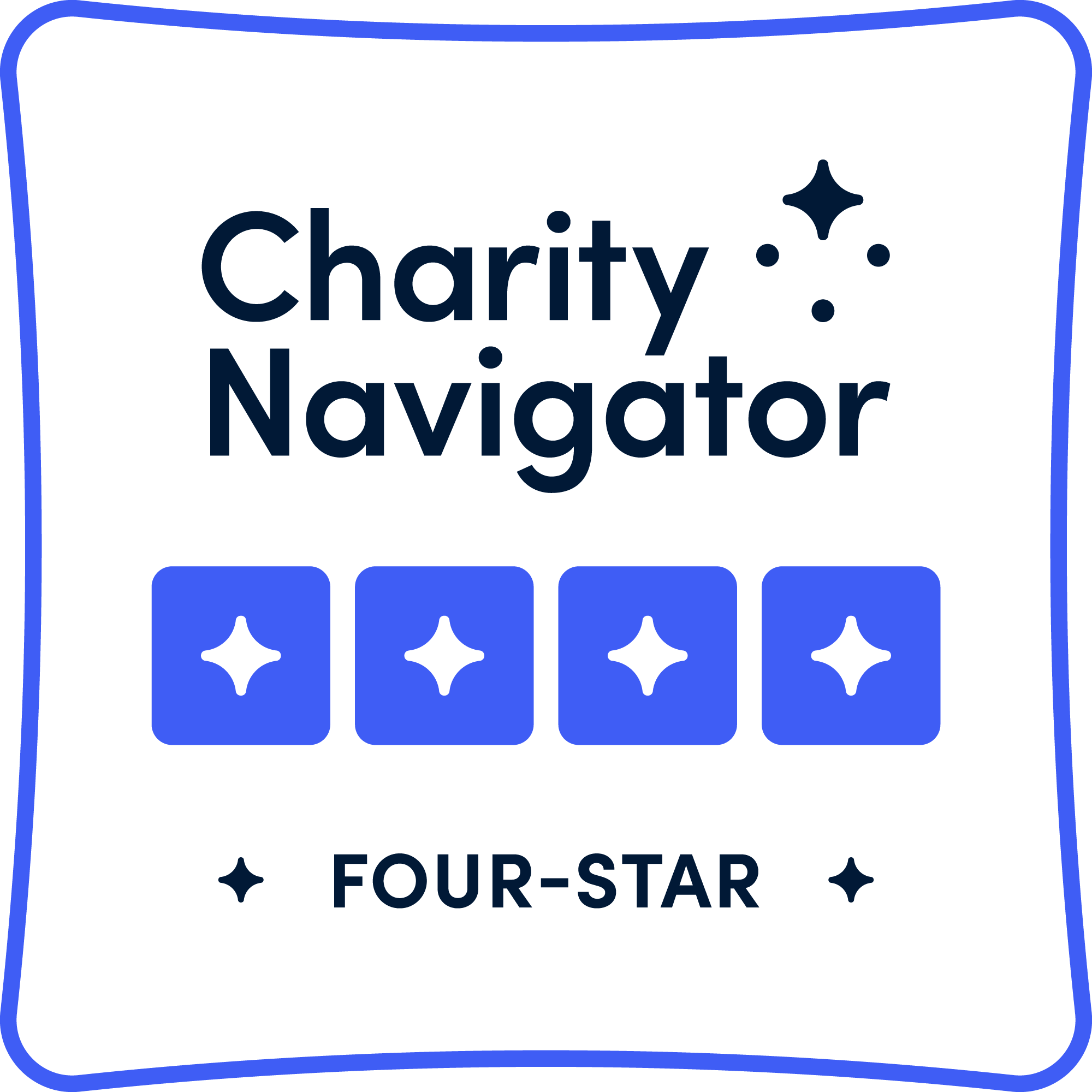Click on a Step below for details:
2A: Establish a Connection
2A1: Call client and exchange phone and email contacts. Arrange for a time to meet in person. Select a location where you can socially distance yet still maintain some privacy. Try to pick a location where there is something for the children to do like a playground, public library, etc.
2A2: Spend some time learning about your client and ask them to tell their ”story”. Take good notes so you can complete a written summary for their file. You want to learn how they came to live in the motel and what barriers they face getting out. Be patient and let them talk. Ask if it’s ok to take their photo and print a photo for their file. They have already signed a release. We will use the photos internally to learn their names. It’s helpful to tell a little bit about yourself but remember to keep the focus on them. Look for things in common to help you relate and connect to one another.
ACTION: Email client story and photo to program manager
2A3: Remember that your client has been traumatized by the loss of their home. They may seem a little manic and have difficulty focusing, others may seem distant and unengaged. You may have to assume more of a leadership role in the relationship until they have begun to heal enough to work as a partner.
2A4: Try to build some trust. Many of these clients have been disappointed by other people and agencies trying to help them. The easiest way to build trust is to do what you say you are going to do. If you say you will call them at 5pm, then call at 5pm, etc. Let them know you can be relied on by demonstrating it with small things.
2A5: Establish some ground rules about what you expect from each other regarding communication, participation, etc. Ask about preferred methods of communicating, optimal days and times, etc. Remind them that you are a volunteer who’s only reward is to help them find stable housing. Make it clear that they should enter the program only if they are really ready for this kind of intrusion and inspection of their lives and are committed to learning and doing new things. If they do not comply with the program on a monthly basis they will be asked to leave. If they are successful in completing the M2H program they will be provided with:
- Financial assistance with deposits, fees, moving expenses
- Education about basic personal finances including budgeting,credit repair, savings; understanding leases, tenant rights and responsibilities, etc
- Connection to other community resources for career counseling, job training
- The opportunity to earn matching funds for client money put into a savings account
- Ongoing case management to guide them through one year of the program
- The opportunity to apply for small education/job training
The M2H program will not:
- Provide routine funds for rent, utilities, other expenses
- Co-sign any lease
- Choose the client’s housing
2A6: Show them their stamped, pre-addressed emergency communication envelope and explain that they should send you a note with an alternative way to reach them if they were to lose their phone, internet, etc.
ACTION: Review emergency communication procedure
RESOURCE: Stamped, pre-addressed envelope provided by program manager.
2B: Conduct the ASSM and Help Client Set Goals
2B1: What is the ASSM? The ASSM (Arizona Self Sufficiency Matrix) The ASSM (Arizona Self Sufficiency Matrix) is an assessment and outcome measurement tool widely used by HUD and many nonprofits around the country. It is used as a:
- Case management tool to document client progress toward self-sufficiency
- Program management tool for SVdP to assess the effectiveness of services being offered and how to direct resources
- Communication tool for demonstrating the success of our M2H programs, as well as sharing information about community conditions with the general public, stakeholders and policymakers
2B2: How to Administer the ASSM: To administer the ASSM, give the client a printed copy and let them read through it for a few minutes. There are 18 domains on a 5 point scale. Ask the client to determine where they are in each of the domains. Ask probing questions to help them determine the correct score.
2B3: Although some categories may overlap or influence each other, consider that category only through the one lens you are assessing.
2B4: Scores should be based on the household not an individual. In cases where two adults have different situations, base the score on the one with the greatest need
2B5: The ASSM should be done at intake, and then monthly until the client exits the program.
2B6: After scoring all categories help the client identify 2-3 realistic goals to work on in the coming year. Clients should consider achieving stable housing, paying off debt, improving credit scores, increasing savings, but may want to include some personal goals as well.
ACTION: Complete the ASSM and send initial scores to the Program Manager. Repeat monthly.
RESOURCE: ASSM
2C: Assess Housing Barriers
Now that you have an understanding of your client’s history you are ready to assess what barriers have kept them from obtaining housing on their own. These barriers will be taken into account when designing a curriculum to help them reach their housing goal.
Barriers include:
- Lack of savings: for deposits, fees, first months rent
- Prior eviction debt: property owners will not rent to someone who owes money to another property. This information can be found on their credit report.
RESOURCE: How to Read a Credit Report
- Low credit score: Property owners will overlook medical and school debt but will be concerned with a history of no payment/late payments.
RESOURCE: What is a “good” FICO Score?
- Insufficient income: Most property owners require a minimum gross income of 3x the monthly rent
- School Debt: While property owners do not usually consider education debt during the application process, a client who is in default on their federal student loans will have their EITC refund, and possibly their wages garnished. This could become a significant barrier and impact their ability to pay off past eviction debts due to the loss of the EITC refund.
2D: Consult with Program Manager to Create Customized Client Curriculum
Finally, it’s time to create a plan for the client including a customized curriculum to help them meet their goals.
ACTION: Set up meeting with program manager.
RESOURCE: m2h@svdpgeorgia.org
Using the contract template, list out the recommended education modules, and other required activities. Be sure the client understands that failure to complete the program could result in their dismissal from the program and/or forfeiture of any matching funds.
ACTION: Complete contract. Have client, caseworker, and program manager sign.
RESOURCE: M2H Client Contract



